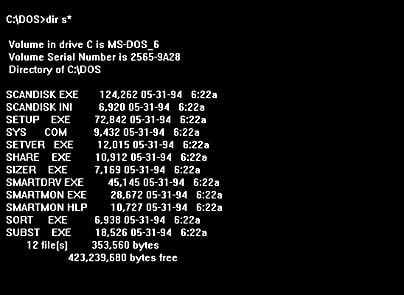
LIST VOLUME - Displays a list of basic and dynamic volumes on all disks.ĭETAIL VOLUME - Displays the disks on which the current volume resides.ĮXIT - Exits the DiskPart command interpreter. Dynamic disks also contain a partition that occupies the remainder of the disk and reserves space for use by dynamic volumes.ĭETAIL PARTITION - Displays the properties of the selected partition. This discrepancy occurs because dynamic disks contain entries in the partition table for the system volume or boot volume (if present on the disk).

:max_bytes(150000):strip_icc()/chkdsk-command-5a12f286845b34003bf13503-d6f952333a4b40c1b34713b3ffd2bf7a.png)
On dynamic disks, these partitions may not correspond to the dynamic volumes on the disk. LIST PARTITION - Displays the partitions listed in the partition table of the current disk. The disk marked with an asterisk (*) has focus.ĭETAIL DISK - Displays the properties of the selected disk and the volumes on that disk. LIST DISK - Displays a list of disks and information about them, such as their size, amount of available free space, whether the disk is a basic or dynamic disk, and whether the disk uses the master boot record (MBR) or GUID partition table (GPT) partition style. Below are a few of the more common commands used to determine disk information: Once booted into the System Recovery Disk, click ANALYZE, open a command prompt. The Microsoft DiskPart Utility provides a quick way to determine drive number designations when booted into WinPE. If diskpart does show the disks, but the recovery environment doesn't, there may be partition errors, the disk is not a valid target for restore, etc. Please refer to the user's guide for instructions on how to do this. If diskpart does not see the disk information, it is possible the drivers for the disk controller need to be loaded. If the System Recovery Disk does not display disks, volumes, partitions or other drive information, DISKPART can be used to determine if WinPE sees the volume.


 0 kommentar(er)
0 kommentar(er)
